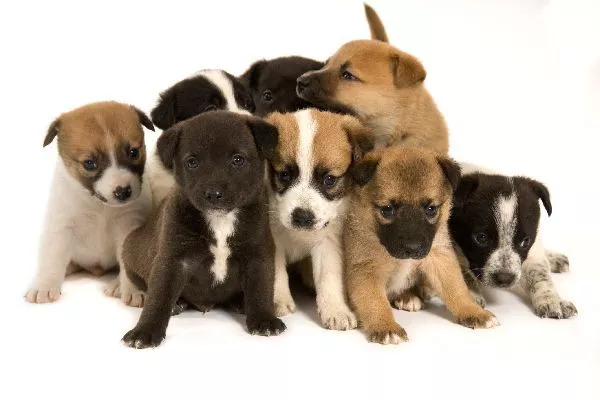Ragdoll cats are known for their large size and sweet personalities. As a cat owner, it’s natural to wonder when your Ragdoll will stop growing and reach their full size. Understanding the growth patterns of Ragdoll cats can help you provide the best care for your furry friend and ensure their health and happiness.
When do Ragdolls stop growing?
Ragdoll cats are a slow-maturing breed and typically take longer to reach their full size than other cat breeds. While some cats reach their full size around 12 months old, Ragdolls can take up to 4 years to reach their full size and weight.
However, it’s important to note that every cat is unique and may grow at a different rate. Factors such as genetics, nutrition, and overall health can all play a role in a Ragdoll’s growth and development.
Growth stages of Ragdoll cats
Ragdoll kittens are born small and helpless, weighing only a few ounces at birth. They rely on their mother’s milk for the first few weeks of life and gradually begin to eat solid food as they grow.
During the first year of life, Ragdoll kittens experience the most significant growth and development. They go through several growth stages, each with its unique characteristics:
- Neonatal stage: From birth to two weeks old, Ragdoll kittens are completely dependent on their mother for food, warmth, and care.
- Transitional stage: From two to four weeks old, Ragdoll kittens begin to open their eyes, and their ears start to unfold. They also begin to explore their surroundings and play with their littermates.
- Socialization stage: From four to eight weeks old, Ragdoll kittens become more independent and start to develop their personalities. They also begin to learn important social skills from their mother and littermates.
- Growth stage: From eight weeks to one year old, Ragdoll kittens experience rapid growth and development. They gain weight and size quickly and reach their adult height and length by around one year old.
- Maturity stage: From one to four years old, Ragdoll cats reach their full size and weight, and their personalities fully develop. They may continue to grow and develop slightly until four years old, but their growth rate slows down significantly.
Factors that affect Ragdoll growth
While Ragdoll cats generally take longer to reach their full size, several factors can impact their growth and development:
- Genetics: The size and growth rate of a Ragdoll cat are largely determined by their genetics. If their parents were larger or slower-growing cats, they may also take longer to reach their full size.
- Nutrition: A Ragdoll’s diet can affect their growth and development. A high-quality diet with the proper balance of nutrients can help support their growth and keep them healthy.
- Health: If a Ragdoll cat experiences health problems or medical conditions, it can impact their growth rate. Regular vet check-ups and preventative care can help ensure your cat stays healthy and on track with their growth.
- Exercise: Regular exercise and playtime can help support healthy growth and development in Ragdoll cats. It’s important to provide your cat with plenty of opportunities for physical activity and play.
Ragdoll cats are a slow-maturing breed that takes longer to reach their full size than other cat breeds. While most Ragdolls reach their full size and weight around four years old, every cat is unique and may grow at a different rate. Factors such as genetics, nutrition, health, and exercise can all play a role in a Ragdoll’s growth and development. By understanding the growth stages of Ragdoll cats and providing them with the proper care and nutrition, you can help your furry friend reach their full potential and live a happy, healthy life.
Recommended reading:


























